Chemistry Reference
In-Depth Information
Benzene
blank
-
a
0.25
0.10
0.20
19000
65200
15000
Toluene
blank
0.13
0.15
0.23
0.08
4500
12000
13000
5000
Carbon
tetrachloride
blank
0.18
-
b
-
b
-
b
12000
a
The absorbance of the reagent blank was very high
b
The ion-pair formed between the boron-complex anion and the dye was not extracted
Source: Reproduced with permission from Elsevier Science [16]
6.52×10
4
L mol
−1
cm
−1
. The method is applied to the determination of micro amounts of
boron in waters with satisfactory results.
Various solvents and dyes were examined by Sato [16] to achieve the best
determination of boron. The solvents examined were 4-methyl-2-pentanone, 1, 2-
dichloroethane, dichloromethane, o-dichlorobenzene, chloroform, toluene, carbon
tetrachloride, benzene, n-hexane and cyclohexane: the dyes tested were ethyl violet,
crystal violet, malachite green and methylene blue.
The solvents can be classified into three groups:
(1) the cationic dye itself is easily extracted without mandelic acid (4-methyl-2-
pentanone, 1,2-dichloroethane, dichloromethane, chloroform and
o
-dichlorobenzene);
(2) the ion-pair formed between the boron-complex anion and the dye is extracted
(chlorobenzene, benzene and toluene);
(3) the ion-pair formed between the boron-complex anion and the dye is not extracted
(carbon tetrachloride except for the ethyl violet system, n-hexane and cyclohexane).
Accordingly, the group (2) solvents and carbon tetrachloride were examined further.
Table 3.1 shows the practical results obtained by using these solvents. It is clear that the
method based on malachite green and benzene should be the most suitable for the
determination of boron. The method recommended in the experimental part was therefore
worked out.
The absorption spectra of the reagent blank and the ion-pair formed between the boron
complex and malachite green in benzene are shown in



Search WWH ::

Custom Search